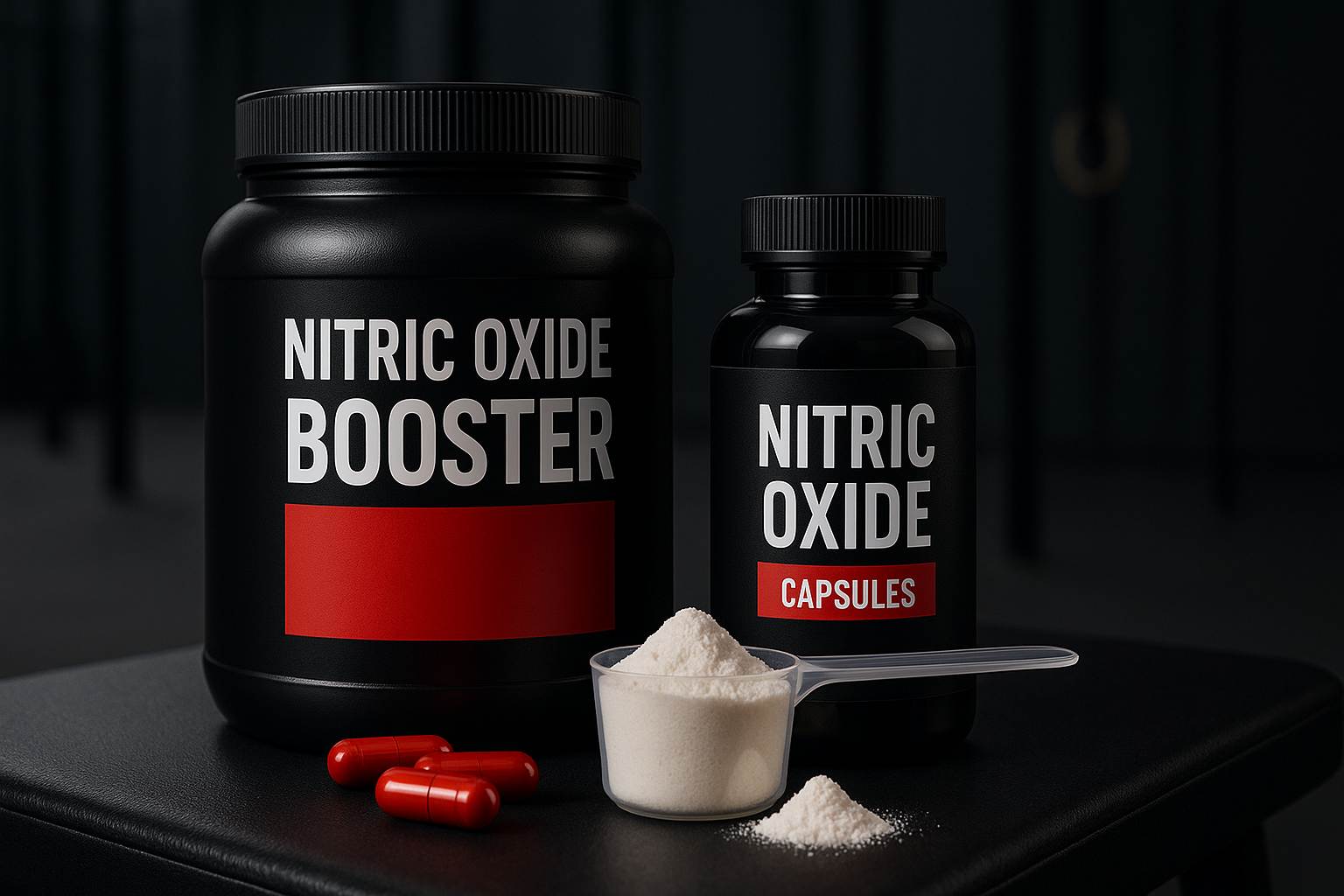Introduction
In a world brimming with quick-fix diet solutions and flashy weight loss supplements, it’s crucial to ground our understanding of fat loss in science. Whether you’re starting your health journey or looking to refine your approach with empirical knowledge, our guide lays out the essential scientific principles behind effective fat loss. This comprehensive guide not only demystifies how your body processes and eliminates fat but also provides practical advice to help you harness these processes for your health goals.
We’ll explain all the theory first, and the practical steps to follow last.
Understanding Energy Expenditure and Lipolysis
The Foundation of Fat Loss
Fat loss is rooted in the biological processes of lipolysis and the oxidation of free fatty acids. The initiation of these processes occurs when your body experiences a calorie deficit—consuming fewer calories than it burns. Here’s how it works:
- Lipolysis: This is the breakdown of triglycerides (the molecules our body use to store fat) into glycerol and free fatty acids.
- Oxidation: When free fatty acids are used as energy in the presence of oxygen.
To activate those processes, we need to achieve a Calorie Deficit, this step is crucial as it signals your body to utilize stored fat for energy.
This means consuming fewer calories than your TDEE (Total Daily Energy Expenditure). You can calculate yours here.
A good starting point is to cut your calorie intake by about 500-1000 calories per day, depending on your current calorie consumption and weight loss goals.
This approach typically leads to a safe and sustainable weight loss of about 0,5-1kg per week.
Keep in mind, in order to make the math yourself, that a kg of fat is around 7700kcals.
Metabolism is a complex process that determines how your body converts food into energy. Understanding its components can significantly enhance your fat loss strategy.
You can read more about it here.
The Role of Macronutrients in Energy Metabolism
Balancing Proteins, Fats, and Carbohydrates
It’s crucial, to ensure that your diet remains balanced and nutritious, providing all the necessary nutrients your body needs to function optimally. Each macronutrient plays a unique role in supporting your metabolism and facilitating fat loss:
- Proteins: Essential for mantaining your muscle mass, proteins have a high thermic effect which helps in increasing metabolic rate and reducing appetite (eat around 1-2g/kg of bodyweight).
- Fats: They are essential for hormonal balance, so never cut them down completely. Emphasizing healthy fats can enhance satiety and support cell functions (eat a minimum of 0.5-1g/kg of bodyweight).
- Carbohydrates: They are the primary energy source but choosing the right type—complex over simple carbohydrates—can significantly affect your insulin sensitivity and weight management efforts (you can eat in carbs your remaining kcals after calculating your calorie goal).
Incorporating a balanced macronutrient diet is pivotal for anyone looking to shed fat effectively.
As a baseline, you can also aim for a 40% carbs/30% fats/30% protein macro split.
Food Quality Matters
When it comes to fat loss, the quality of the calories you consume is just as important as the quantity. Eating nutrient-dense foods versus calorie-dense processed foods can significantly impact your weight loss efforts and overall health. Here’s why prioritizing nutrient-dense foods is crucial for effective fat loss:
Nutrient-Dense Foods
Nutrient-dense foods are rich in vitamins, minerals, fiber, and other beneficial compounds, while being relatively low in calories. These include:
- Vegetables and fruits: Loaded with fiber, vitamins, and minerals, they help fill you up without adding excessive calories.
- Whole grains: Foods like oats, quinoa, and brown rice provide sustained energy through complex carbohydrates and are rich in fiber, which aids digestion and satiety.
- Lean proteins: Sources such as chicken, fish, tofu, and legumes not only support muscle repair and growth but also induce higher thermogenic effects, which can boost metabolism.
- Healthy fats: Avocado, nuts, seeds, and olive oil contribute essential fatty acids that support cellular health and hormone balance, which are vital for metabolism.
These foods contribute to a fuller feeling for longer periods, reducing the likelihood of overeating. They also supply the body with the necessary nutrients for maintaining efficient metabolic processes, crucial for optimal fat burning.
Calorie-Dense Processed Foods
Calorie-dense processed foods, on the other hand, tend to be high in sugar, unhealthy fats, and calories while offering little nutritional value. Examples include:
- Fast foods: High in trans fats and calories, which can lead to weight gain and are linked to numerous health issues.
- Sugary snacks and beverages: These can cause spikes in blood sugar levels, leading to increased fat storage and cravings once the sugar rush wears off.
- Processed meats and snacks: Often high in sodium and preservatives, contributing to water retention and high blood pressure.
Consuming these foods can not only thwart your fat loss goals by adding excessive empty calories but also negatively affect your overall health, leading to metabolic syndromes such as type 2 diabetes and cardiovascular diseases.
Strategic Eating for Fat Loss
For effective fat loss, it’s important to create a diet that incorporates nutrient-dense foods predominantly. This approach ensures that every calorie consumed also brings vital nutrients to your body, promoting better overall health and more sustainable fat loss. Here’s how you can integrate this into your diet:
- Prioritize whole foods: Make whole, unprocessed foods the staple of your diet.
- Plan balanced meals: Ensure each meal contains a good balance of protein, carbs, and fats from whole food sources.
- Read labels: Become vigilant about reading food labels to avoid high-calorie, nutrient-poor foods.
- Practice mindful eating: Pay attention to your body’s hunger cues and avoid emotional eating.
By choosing nutrient-dense foods over calorie-dense processed options, you not only enhance your body’s fat-burning capabilities but also improve your overall health and well-being, setting the stage for long-term weight management success.
Other Important Variables
Hydration and Its Role in Metabolism
Water is not just essential for life but also a key player in metabolism and fat loss. Here’s how proper hydration aids in weight loss:
- Enhances Metabolism: Water is vital for the biochemical breakdown of fat.
- Appetite Suppression: Sometimes, thirst is mistaken for hunger. Drinking adequate water can prevent unnecessary snacking or overeating.
The Impact of Exercise on Fat Loss
Exercise is indispensable in the science of fat loss. It helps in:
- Increasing Metabolic Rate: Both aerobic and anaerobic exercises help to raise your energy expenditure (your TDEE) during and after a workout.
- Improving Fat Oxidation: Regular physical activity enhances your muscle’s ability to oxidize fat, which is crucial for reducing body fat.
- Mantaining Muscle Mass: Without the stimulus created by training against resistances, your body will catabolize not only your fat mass, but your muscle mass as well. Make sure to hit the gym regularly.
Incorporating a mix of cardiovascular and strength training exercises can significantly boost your fat loss efforts.
The Influence of Sleep on Weight Management
Often overlooked, sleep is a powerful factor in effective fat management. Poor sleep can lead to:
- Hormonal Imbalance: Lack of sleep affects hormones like cortisol and leptin, which regulate appetite and fat storage.
- Increased Appetite: Sleep deprivation is linked to increased hunger and appetite, making it harder to maintain a healthy weight.
Prioritizing good sleep hygiene can dramatically improve your weight loss results.
Psychological Factors in Achieving Long-Term Fat Loss
Mindset and Motivation The journey to lasting fat loss is also a mental challenge. Employing cognitive-behavioral strategies can help:
- Set Realistic Goals: Clear, achievable goals keep you motivated. When it comes to fat loss, long and steady wins the race.
- Manage Stress: High stress can sabotage your fat loss efforts by triggering overeating or poor dietary choices.
Practical Steps
Many fat loss articles tell you the science but don’t tell you how to actually do it. Here’s a step-by-step breakdown to help you structure your fat loss approach effectively.
1. Calculate Your Caloric Needs
- Use a TDEE calculator to determine how many calories you burn daily.
- Set a caloric deficit of 500-1000 kcal per day for steady fat loss.
2. Optimize Your Diet
- Prioritize protein intake: Aim for 1.5-2g per kg of body weight to preserve muscle.
- Eat healthy fats: Keep a minimum of 0.5g per kg of body weight.
- Fill the rest with carbohydrates, focusing on whole, unprocessed sources.
- Drink plenty of water: Aim for at least 2-3L per day to stay hydrated and support metabolism.
3. Structure Your Meals
- Eat 3-5 balanced meals per day with protein, fats, and fiber.
- Avoid processed foods and sugary beverages.
- Plan your meals in advance to prevent overeating or making poor choices.
4. Incorporate Strength Training & Cardio
- Lift weights at least 3-5 times per week to maintain muscle mass.
- Include cardio (walking, running, cycling) for overall energy expenditure.
5. Improve Lifestyle Factors
- Sleep 7-9 hours per night to regulate appetite hormones.
- Manage stress through mindfulness, meditation, or other relaxation techniques.
- Be consistent: Stick to your plan for at least 6-8 weeks before expecting major results.
Conclusion: Take the Next Step with Empowerise
Understanding the scientific principles of fat loss is just the beginning. To truly transform your body and health, consider enrolling in one of Empowerise’s coaching programs. Our experts are ready to guide you through personalized nutrition and fitness plans that leverage these scientific insights to maximize your results. Are you ready to empower your life? Join our community today and start your journey towards a healthier, fitter you.
Remember, the path to sustainable fat loss is a journey of education, application, and dedication. Let Empowerise be your guide. Explore our programs now.






